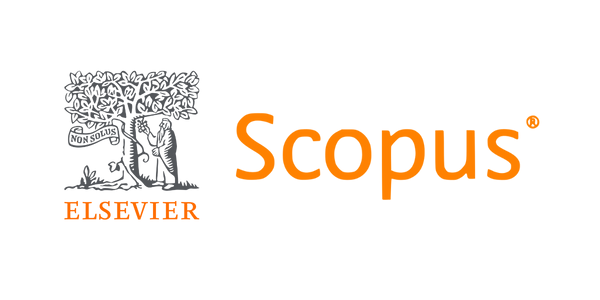Prevalence of Dental Anomalies in an Orthodontic Population in Lagos, Nigeria
DOI:
https://doi.org/10.61386/imj.v18i4.795Keywords:
Dental anomalies, orthodontic population, Nigeria, Orthopantomogram, impaction, hypodontiaAbstract
Context: Dental anomalies are developmental irregularities in the number, size, shape, position, or structure of teeth. Their prevalence varies across populations and can significantly affect orthodontic treatment planning. While such anomalies are well-documented in many regions, limited data exist on their radiographic prevalence in Nigerian orthodontic populations.
Objective: To determine the prevalence and distribution of dental anomalies in an orthodontic population in Lagos, Nigeria, using orthopantomogram (OPG) radiographs, and to assess associations with gender and arch location.
Materials and Methods: This retrospective cross-sectional study analyzed 662 orthodontic patient records from a private dental clinic in Lagos over a 12-month period. Only patients with complete diagnostic records, including OPGs, were included. Two calibrated examiners assessed anomalies radiographically. Anomalies were categorized into types based on number, size, shape/structure, and position. Descriptive statistics, chi-square tests, and Fisher’s exact tests were utilized to analyze associations.
Results: Dental anomalies were present in 49.4% of patients. The most prevalent anomaly was impaction (40.2%), followed by dilaceration (5.3%), talon cusp (2.9%), and hypodontia (2.1%). Arch distribution revealed that the lower arch was most commonly affected (34.6%), and anomalies in both arches were present in 8.3% of cases. Impactions and microdontia showed statistically significant arch associations (p < 0.001). No statistically significant gender differences were observed.
Conclusion: Nearly half of the orthodontic patients in this Lagos-based sample exhibited at least one dental anomaly, with impactions being predominant. These findings underscore the need for early radiographic screening and anomaly-based treatment planning in Nigerian orthodontic practice.
Downloads
Published
Issue
Section
Categories
License
Copyright (c) 2025 Umeh OD, Etim SS, Hephzibah A

This work is licensed under a Creative Commons Attribution 4.0 International License.










